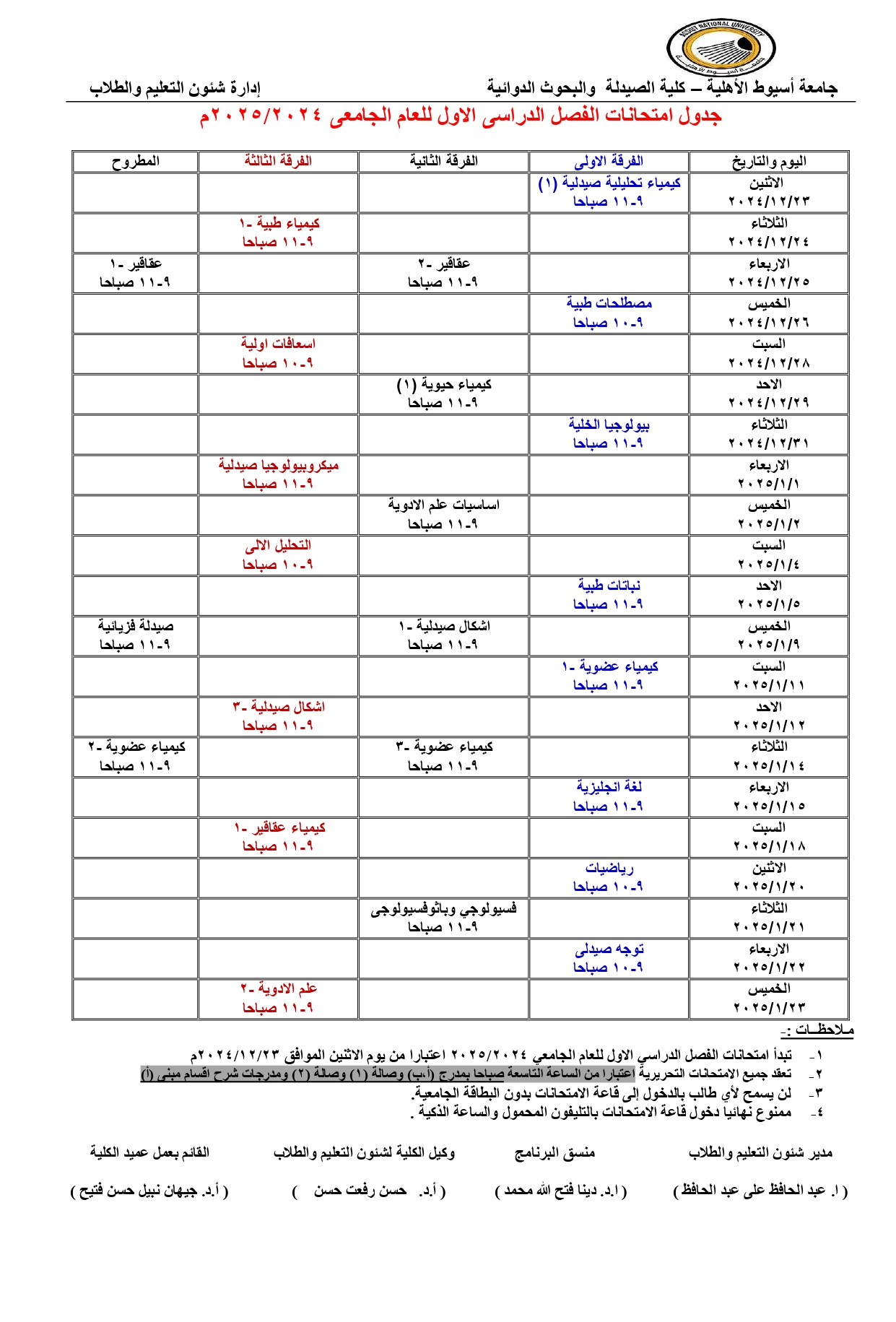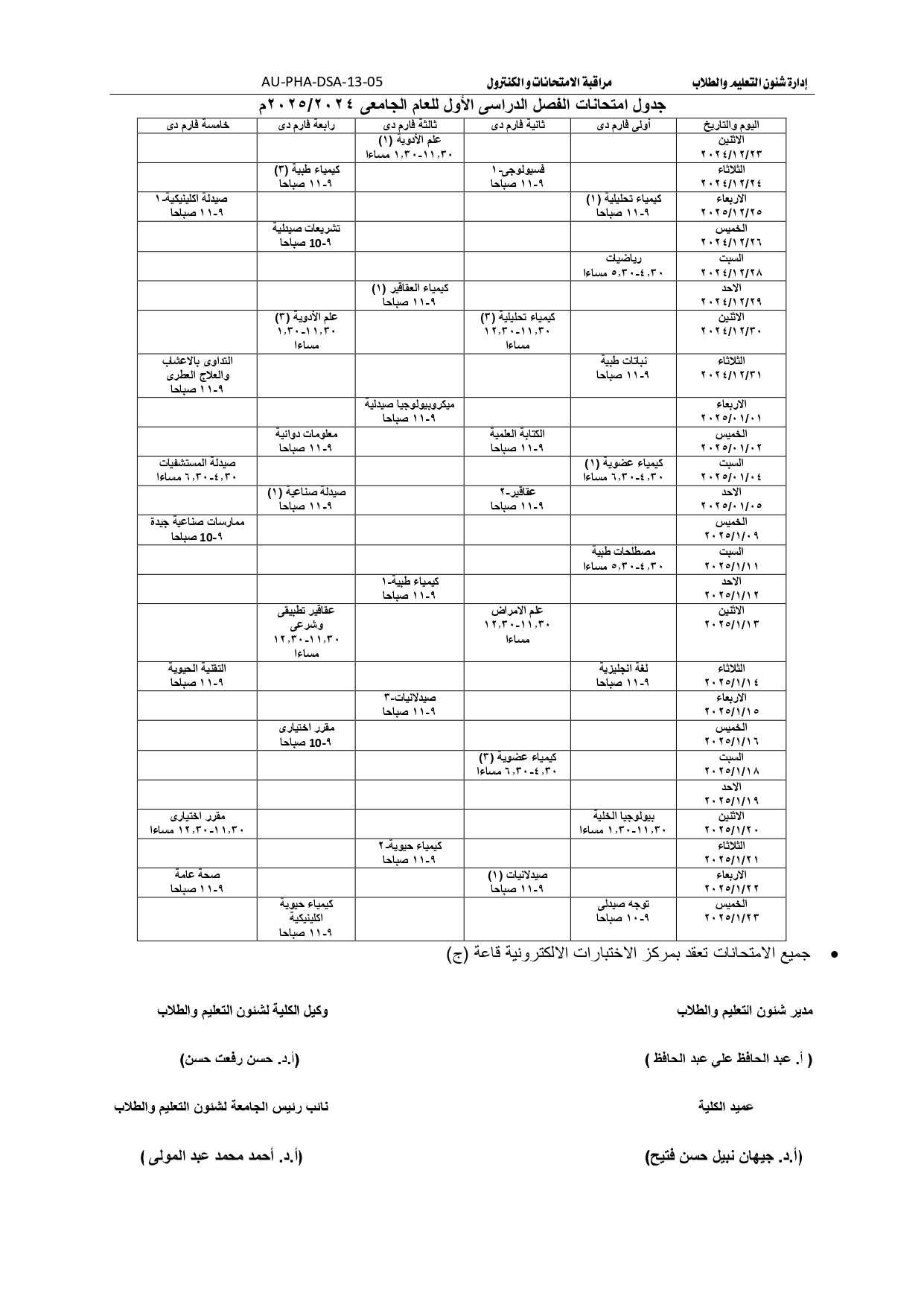Combining lavendustin C and 5-arylidenethiazolin-4-one-based pharmacophores toward multitarget anticancer hybrids
Lavendustin C, a natural-product derived anticancer lead compound, was modified at its carboxylic group by esterification or amidation (compounds 6–10) and at its amino group by introducing 5-arylidenethiazolin-4-ones (14a–c to 17a–c, 18a and 18b). Two strategies were used to combine these moieties and to optimize the yield. These new compounds were evaluated for their antiproliferative activities against a panel of nine cancer cell lines. The results clearly show that 5-arylidenethiazolin-4-one moiety contributes substantially to the activity. Also, methyl esters are more potent than amides, while N-ethylamides are the most potent among amides. 14b showed the highest potency against all tested cancer cell lines with IC50 1.4–2.5 µM, while against normal cell line IC50 > 50 µM. It showed arrest of HeLa cells at G0/G1, S p









